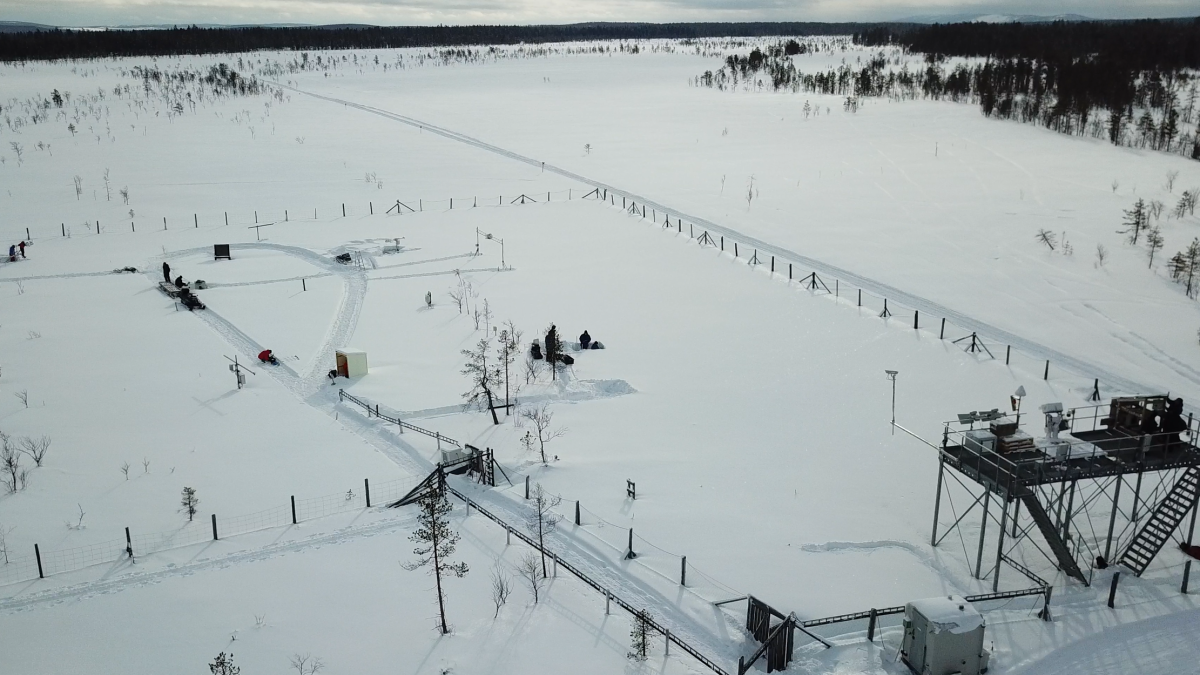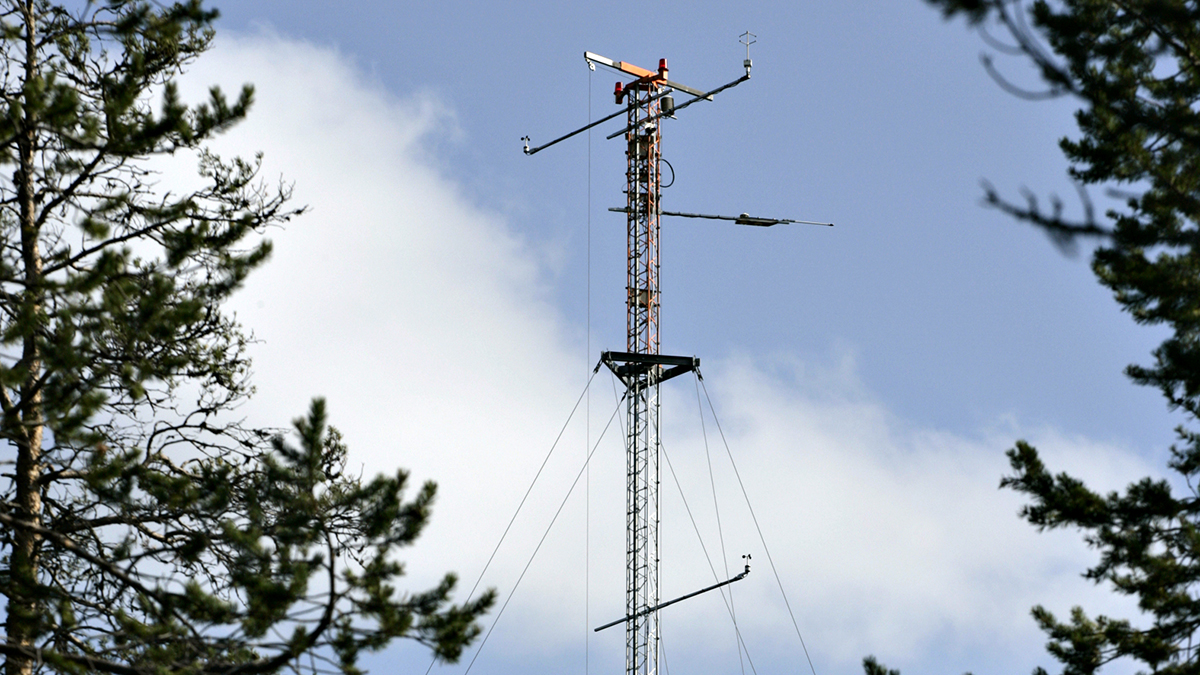Sodankylä is a key European and Arctic supersite for the validation of numerical weather prediction models

Sodankylä’s observations were used to create Merged Observatory Data Files (MODFs), which are standardized, well documented datasets facilitating data-model intercomparison in the circumpolar Arctic. Sodankylä’s MODFs will greatly enhance the validation and development of the numerical weather prediction (NWP) models that provide daily weather forecasts over the Arctic and Europe. Until now, the model validation process required a lot of manual work to trace the data documentation and to convert the non-standardized versions of Sodankylä data into formats comparable to the model outputs.
The work was done in the framework of the WMO “Year of Polar Prediction site Model Inter-comparison Project” (YOPPsiteMIP), a flagship activity of the WMO's World Weather Research Programme. The work will be continued in the “Polar Coupled Analysis and Prediction for Services” (PCAPS) project.
Sodankylä observations are unique in several ways
Sodankylä is the only supersite in Europe and in the Arctic having such a comprehensive and multidisciplinary set of land, snow, canopy and atmospheric observations. The supersite is part of numerous international observational networks: WMO Global Atmosphere Watch (GAW), WMO Global Cryosphere Watch (GCW), NASA/JPL/CalTech led TCCON (Total Carbon Column Observing Network), European Integrated Carbon Observation System (ICOS), and GCOS Reference Upper-Air Network (GRUAN). This ensures that the observations follow rigorous standards.
Another distinct peculiarity of the Sodankylä supersite is the large number of towers and stations distributed within an area of a few square kilometers. The supersite is therefore a cluster of sites, enabling the capture of the spatial variability of the observed variables in the complex taiga environment, characterized by a mixture of dense and sparse forest, open fields, and swamp.
WMO supports and promotes the long-term sustainability of the Sodankylä supersite, and the WMO project PCAPS will issue a blog article dedicated to the relevance of Sodankylä data for NWP community in the Arctic and worldwide. In the framework of ACCORD, a Consortium for Convection-scale modelling Research and Development, several European national meteorological services will apply the MODF concept and extend it to other European observatories to facilitate model-data intercomparison and drive model development.
Further information:
Sodankylä’s MODFs: Ewan O’Connor, Finnish Meteorological Institute, ewan.oconnor@fmi.fi Roberta Pirazzini, Finnish Meteorological Institute, roberta.pirazzini@fmi.fi
Sodankylä supersite: Anna Kontu, Finnish Meteorological Institute, anna.kontu@fmi.fi
ACCORD: Carl Fortelius, Finnish Meteorological Institute, carl.fortelius@fmi.fi
Scientific articles:
Papers describing Sodankylä’s data and the Merged Observatory Data File concept:
Paper analyzing the discrepancies between Numerical Weather Prediction Model simulations and Sodankylä’s observations:
Project sites:
Year of Polar Prediction site Model Inter-comparison Project (YOPPsiteMIP)
A Consortium for COnvection-scale modelling Research and Development, ACCORD

